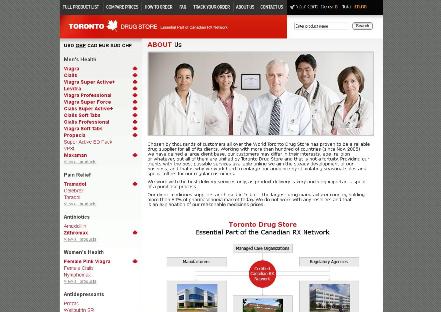The Rise of Antibiotic Resistance Worldwide
Across the globe, antibiotic resistance has become a mounting concern for both doctors and patients. Once-effective antibiotics are losing their power as bacteria adapt and develop clever ways to survive these medications. This shift threatens the progress made in modern medicine, making even common infections harder to treat.
As resistant bacteria spread in communities and hospitals, treatment options shrink and healthcare costs rise. Everyday medical procedures, from surgery to chemotherapy, become riskier without reliable antibiotics. Examining the numbers below highlights just how serious the issue has become worldwide:
| Region | % of Resistant Infections |
|---|---|
| North America | 23% |
| Europe | 19% |
| Asia | 35% |
How Amoxil Became a Common Antibiotic Choice

First introduced in the 1970s, amoxil quickly gained popularity due to its broad-spectrum coverage and ease of use. Originally derived from penicillin, this antibiotic could be taken orally, making it more accessible for patients outside of hospital settings. Its ability to target a wide range of bacterial infections—from ear, nose, and throat problems to urinary tract infections—made it a staple in both pediatric and adult medicine. Reliable effectiveness and typically mild side effects encouraged its widespread prescription. Over time, trust in amoxil became so ingrained among healthcare providers that it became a go-to remedy for everyday infections, shaping modern antibiotic practices.
What Causes Bacteria to Become Drug-resistant
Picture a battle between bacteria and medications, where each new dose pushes the microbes to adapt. Over time, some bacteria survive and multiply, passing on genetic traits that protect them against antibiotics such as amoxil. This process happens naturally, but it accelerates when bacteria are exposed repeatedly to these drugs.
The problem intensifies when antibiotics are prescribed too frequently or for the wrong reasons. Bacteria encounter antibiotics without being completely eliminated, which gives them opportunities to develop resistance mechanisms. In some cases, bacteria can even transfer these protective traits to their neighbors, spreading resistance rapidly within a community.
With every unnecessary or incomplete course of amoxil, the chances of encountering drug-resistant bacteria rise. This evolution makes once-simple infections more difficult to treat, requiring new strategies and greater caution from both patients and healthcare providers.
Misuse and Overuse of Amoxil Explained

Many patients believe that “more is better” when it comes to antibiotics like Amoxil, but this misconception can carry serious consequences. Taking Amoxil for viral infections such as the common cold, or stopping the medication early when symptoms improve, sets the stage for bacteria to adapt and survive future treatments. This unnecessary exposure gives resilient bacteria more opportunities to multiply and spread.
Additionally, self-medicating with leftover Amoxil or pressuring healthcare providers for antibiotics—even when they are not needed—increases the risk of developing drug-resistant strains. Each time Amoxil is used improperly, it loses its effectiveness a little more, making common bacterial infections harder to treat. Responsible use is vital to preserve the power of this important medication for future generations.
Ways to Minimize Amoxil-related Resistance Risks
Patients and doctors alike hold the power to slow resistance. Taking Amoxil exactly as prescribed, finishing the full course, and never sharing leftover medication are key habits. Avoiding antibiotics for viral illnesses like the common cold also helps. Regularly updating healthcare professionals on previous antibiotic use further protects their effectiveness.
| Action | Impact |
|---|---|
| Complete full Amoxil course | Reduces chance for resistance |
| No unnecessary prescriptions | Keeps antibiotics effective |
Future Outlook for Treating Infections Effectively
As scientists race to outmaneuver superbugs, innovation in antibiotics is crucial. Promising strategies include developing new drug classes and reviving older but effective medications. Equally important, rapid diagnostics are emerging that help doctors pinpoint exactly which bacteria are causing an infection, reducing the temptation to prescribe antibiotics like Amoxil unnecessarily.
Researchers are also exploring phage therapy, which uses viruses to target specific bacteria without harming healthy cells. Meanwhile, hospitals and clinics are implementing stricter guidelines on prescribing antibiotics to curb misuse.
Yet, the public has a vital role too: adhering to prescription guidelines, completing full courses of antibiotics, and avoiding self-medication can all help preserve treatment effectiveness. By combining scientific breakthroughs with responsible behavior, society stands a better chance of keeping infections under control.

